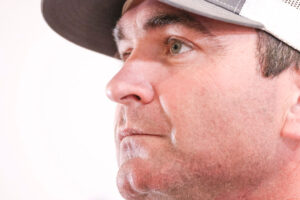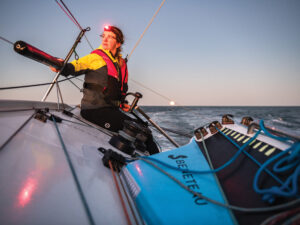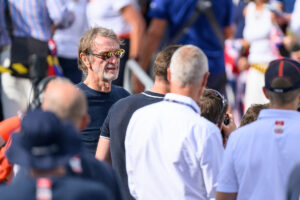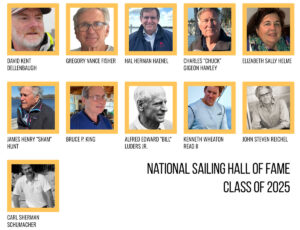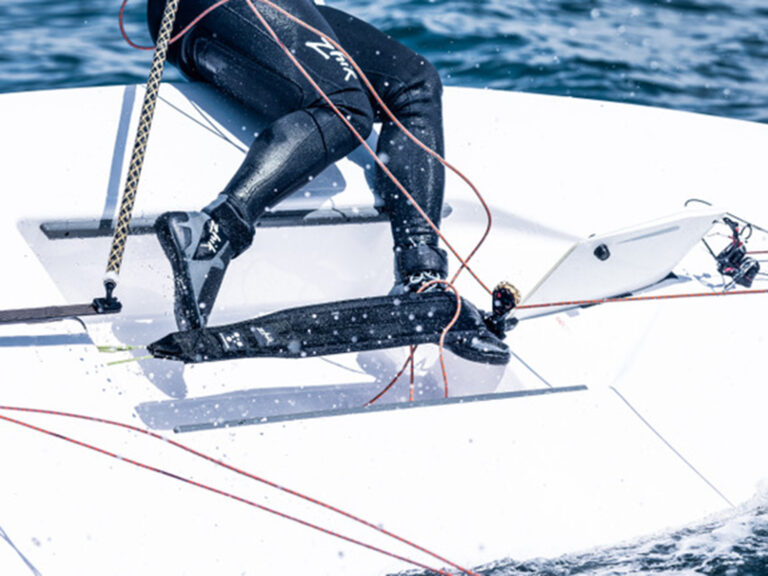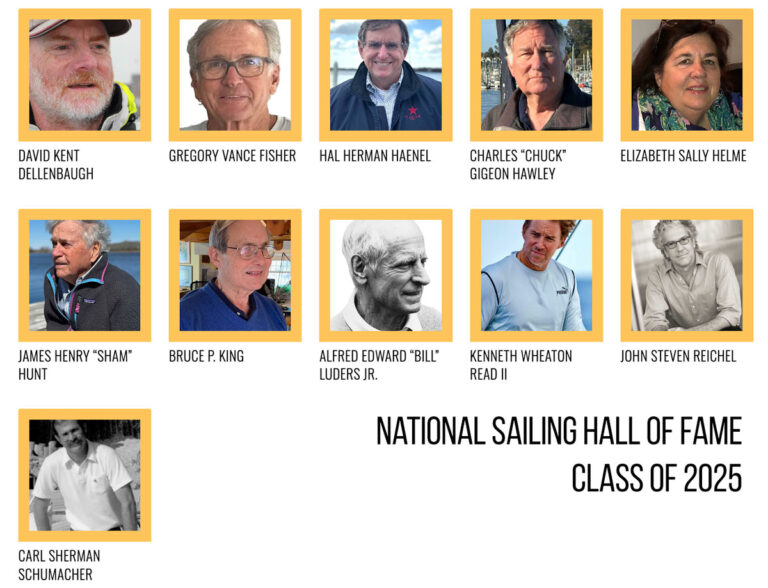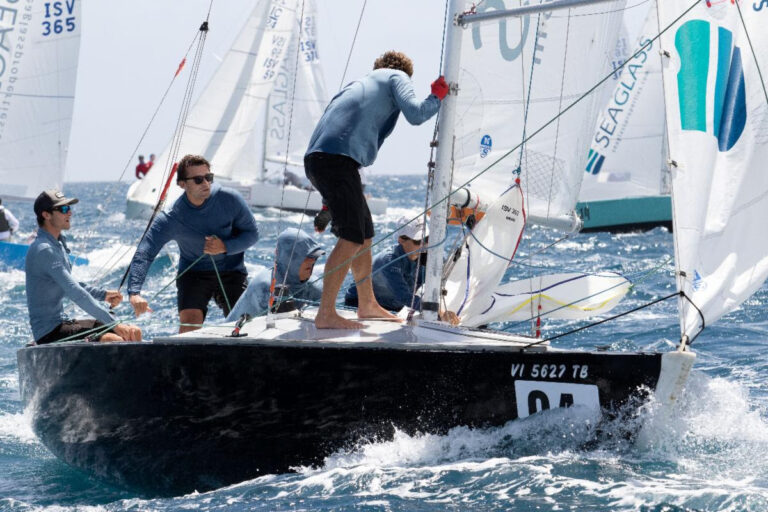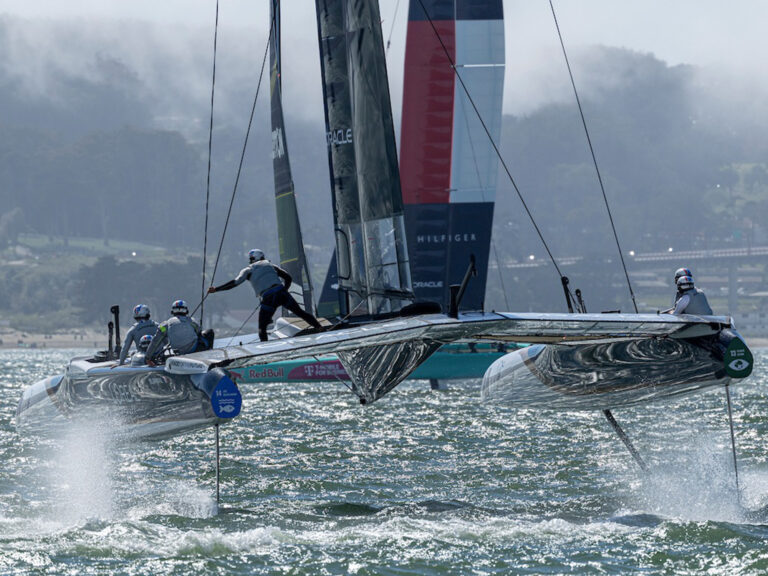Stu Walker always says, “Cross ’em when you can,” but he’s not referring to a ship powering through your racecourse in a restricted channel. Avoiding such crossings goes beyond mere common sense and safety. Either the international or inland navigation rules apply, giving the larger powered vessel rights over your sailboat. And the Racing Rules of Sailing also have a succinct reminder in the preamble to Part 2 that racing boats are subject to protest by the race committee for interfering with non-racing boats that have right of way. Despite the extra risk to life, limb, and vessel, competitors often push it to gain edge in a race. Last year on Narragansett Bay, in Rhode Island, four incidents were reported in which ships reversed engines and blew five warning blasts to clear the way. While sympathetic to recreational boating, the Coast Guard has now put the spotlight on Bay racers and made it clear that we need to shape up or risk losing the right to run races that cross channels. Several clubs have responded with efforts to educate racers about the rules and consequences, and in some cases have prescribed severe penalties (e.g. a boat disqualified from a race for this infraction will also be tossed out of the next two races.) In addition, clubs are directing their race committees to talk to pilots on VHF channel 13 as well as racers on their RC channel (e.g. 72). This is a key aspect of race management in busy ports, says Jeff Johnson of San Diego YC, where commercial and Navy ships are a constant. “It would benefit any club to take the initiative,” he says, “to meet with law enforcement, Coast Guard, or pilots association. Both sides of the recreational/commercial boating divide gain a better awareness of the other’s challenges.” John Craig, race manager at St. Francis YC, runs races more than 200 days a year in one of the busiest ship channels in the country and works with Vessel Traffic Service, which works like an air controller. The club invites VTS, pilots, ferry, and tug operators reps to an annual lunch to build relationships, and during major events, Craig may spend his day in a Protector, talking to pilots to help them plan their route through the racing fleets crisscrossing the Bay. On Puget Sound near Seattle, a light-air area with active ferry routes adding to the traffic, local clubs developed a regulation several years ago requiring sailboats to sail with radar reflectors in place and engines ready to use. In the latter case, sailors must report any engine use to the protest committee to decide if a penalty should apply (i.e. if a boat improved its position). In all three venues, racers observed or reported interfering with commercial traffic are subject to DSQ without a protest hearing. Increased security measures in many ports mean it’s more important than ever for race organizers work proactively on this safety issue. Many Coast Guard districts now require clubs to file permit applications for all events; but a permit doesn’t mean racers own the waterway. Johnson abandoned a Hot Rum series race in 2002 when part of the fleet formed a drifting obstacle to Navy tugs and a Navy tanker in the channel. The consequences of making a mistake go beyond keeping crew and boat intact and preserving access to our inshore racing venues. Johnson points out that in the event of a collision, we may get DSQ’d, but a pilot may lose his job. So let’s start by keeping our eyes open and our VHF turned on. If in doubt as a ship approaches, don’t cross, and keep a sense of humor about your results-a practice that’s always useful anyway.
